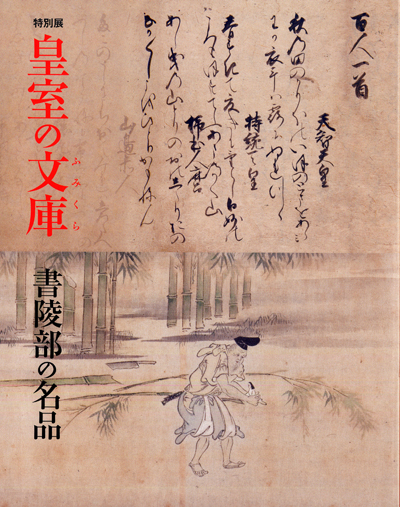| image | information |
|---|---|
 |
The Archives and Mausolea Department of the Imperial Household Agency was established as an organization to preserve the books and writings passed down within the Imperial House and to maintain the Mausolea, which had formerly been the duties of the Tosho-ryo (Imperial Archives Bureau) and the Shoryo-ryo (Imperial Mausolea Buerau) of the Imperial Household Ministry till the Ministry's abolition after the second world war. The Archives and Mausolea Department stores valuable books and writings totaling to more than 400,000 which have been passed down within the Imperial House from the ancient times to the present, such as the successive Emperors' hand writings beginning with Emperor Hanazono of the Kamakura period, Buddhist sutras of the Nara period, various books such as Nihon Shoki (The Chronicles of Japan), The Tale of Genji, and the Anthology Kokin-wakashu (collection of traditional poems) that had been hand copied since the Heian Period, the Portrait of Emperor Go-mizuno-o, and the Gokajo no Goseimon (Oath of Five Articles). Furthermore, the department also holds more than 50,000 official documents, records of the activity of the Imperial House since the Meiji period, which have been kept, successively by the Imperial Household Ministry, the Imperial Household Office, and the Imperial Household Agency. The department also preserves archeological artifacts such as ancient haniwa figures and magatama (comma-shaped stones), for historical research on the mausolea. These items, which have been passed down within the Imperial House over the centuries, embody the long history and cultural tradition of the Imperial House. The Archives and Mausolea Department can be considered as the “The Imperial Repository of Books and Writings.” In this exhibition, we have selected from the collections of the Department the masterpieces that show our country's history and culture in each era. This is the first time that these items are made open at one time for the public viewing though many of them are familiar in school text books and history books. We hope that the visitors can trace the long course of history of Japan and the Imperial House, from the ancient times to the present. |